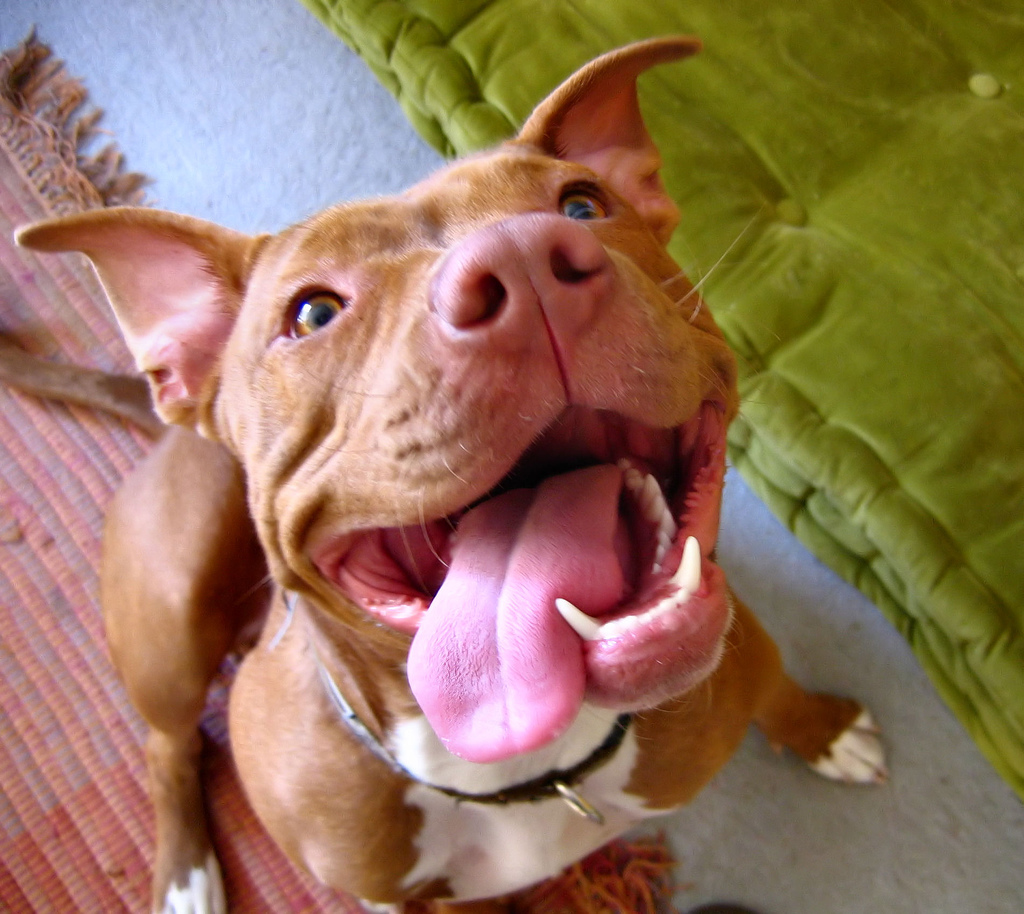
The next time a bout of driving anxiety hits, don’t sit and fret. Get up and move. Take a brisk walk. Ride your bike. Put on some music and dance. Getting up and moving around is likely to be the best natural remedy for preventing and treating anxiety, not to mention one of the easiest.
True, you can’t really get up and get moving if driving anxiety hits while you’re actively driving your car. But you can do a bit of exercise before the drive to decrease the chances of it creeping up in the first place.
What Exercise Does for Driving Anxiety
Engaging in physical activity helps to decrease and stave off anxiety for several reasons. That’s because exercise:
- Gets your mind off whatever you happen to be anxious about.
- Decreases muscle tension, which is one of the physical symptoms of anxiety.
- Increases your heart rate, which has the power to change brain chemistry and boost the availability of serotonin and other neurochemicals that quell anxiety.
- Activates the frontal areas of the brain in charge of executive function and controlling the amygdala, our system of reaction to real or perceived threats.
- Builds up resources that strengthen resilience against intense emotions.
How Much and What Type of Exercise?
The higher your levels of physical activity, the better protected you are against being hit hard with anxiety symptoms. Some of the anti-anxiety benefits, like building up resilience against intense emotions, are only experienced when you exercise on a regular basis. That doesn’t mean any level of exercise won’t be helpful. It just means the more, the better.
Aerobic exercise has been shown to be very effective against anxiety, although any type of exercise can be helpful – even general physical activity like mowing the lawn or dancing around the house. The most important consideration when selecting an exercise type is to choose something you enjoy so you’re more inclined to do it regularly.
Making Exercise Work for You
In addition to choosing an activity you like, you can make the most of your exercise sessions with a few savvy tips.
- Try to increase your heart rate during whatever activity you choose.
- Attempt to weave in 30 minutes of moderate exercise per day if possible. It doesn’t have to be in a single stretch, either. Taking six short, 5-minute walks throughout the day can work just fine.
- Exercise with a buddy or with a group to enjoy the added perk of social support.
- Take it outside to a park if possible, as nature can decrease anxiety and stress even further.
Remember: the more you exercise, the more it can help keep you cool, calm and serene. In fact, you can use those feelings as motivation to engage in some type of physical activity every day. You may notice a difference rather quickly, which will serve as additional motivation to get up, get moving and get rid of that driving anxiety.
SOURCES:







